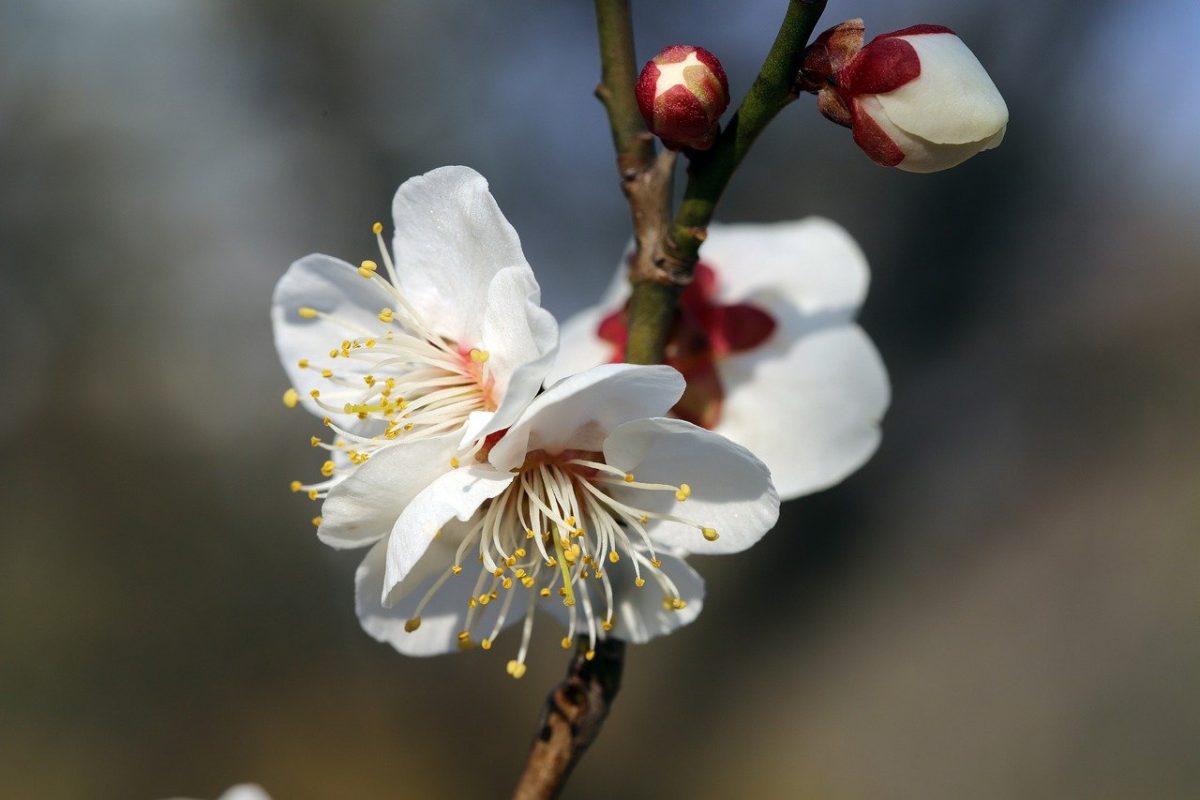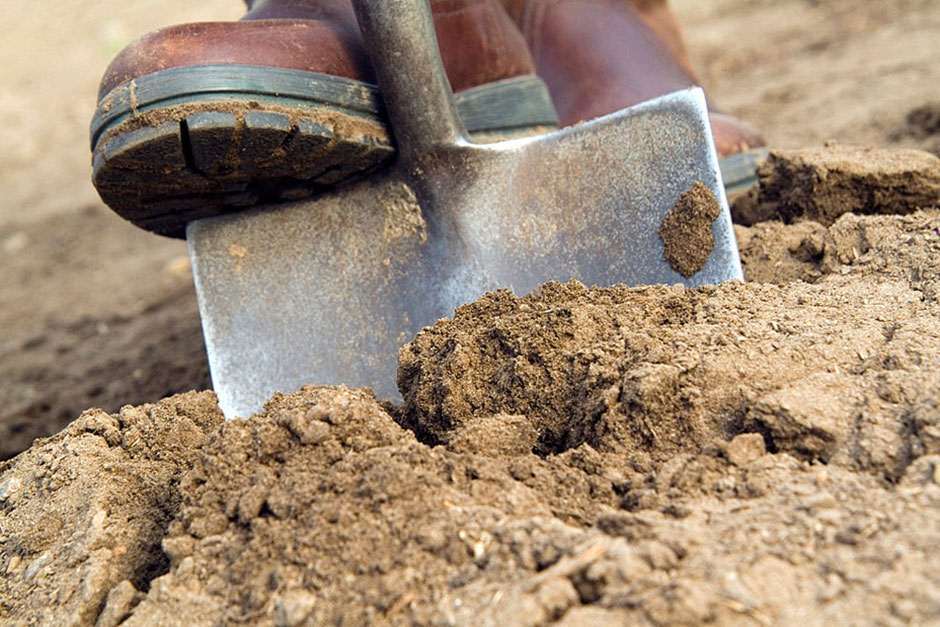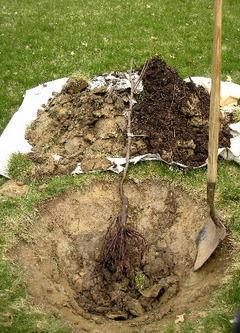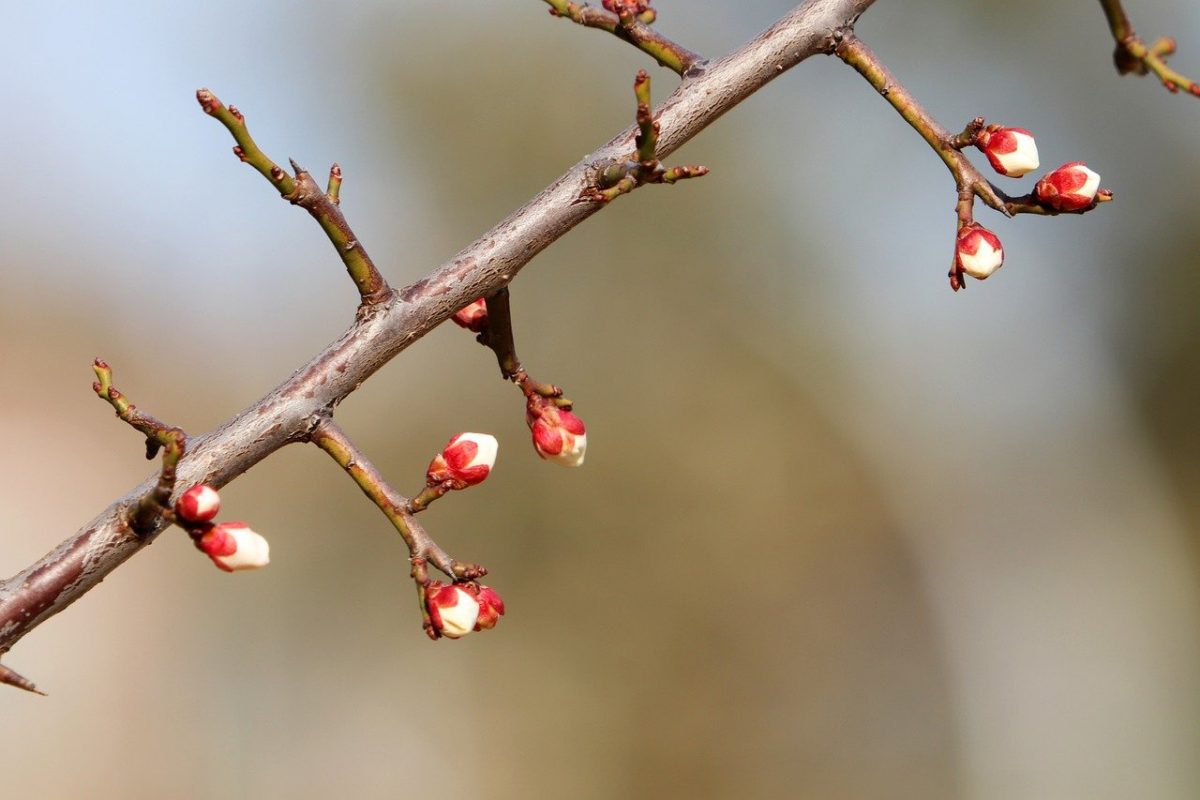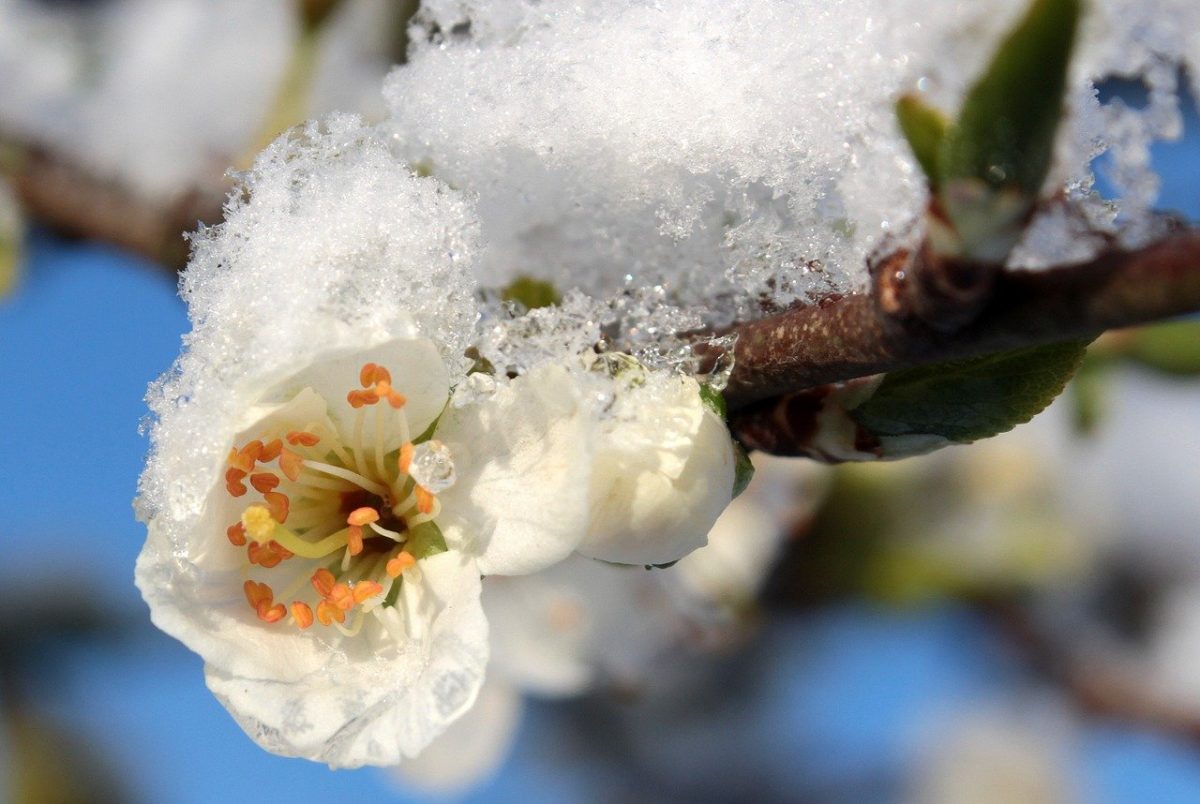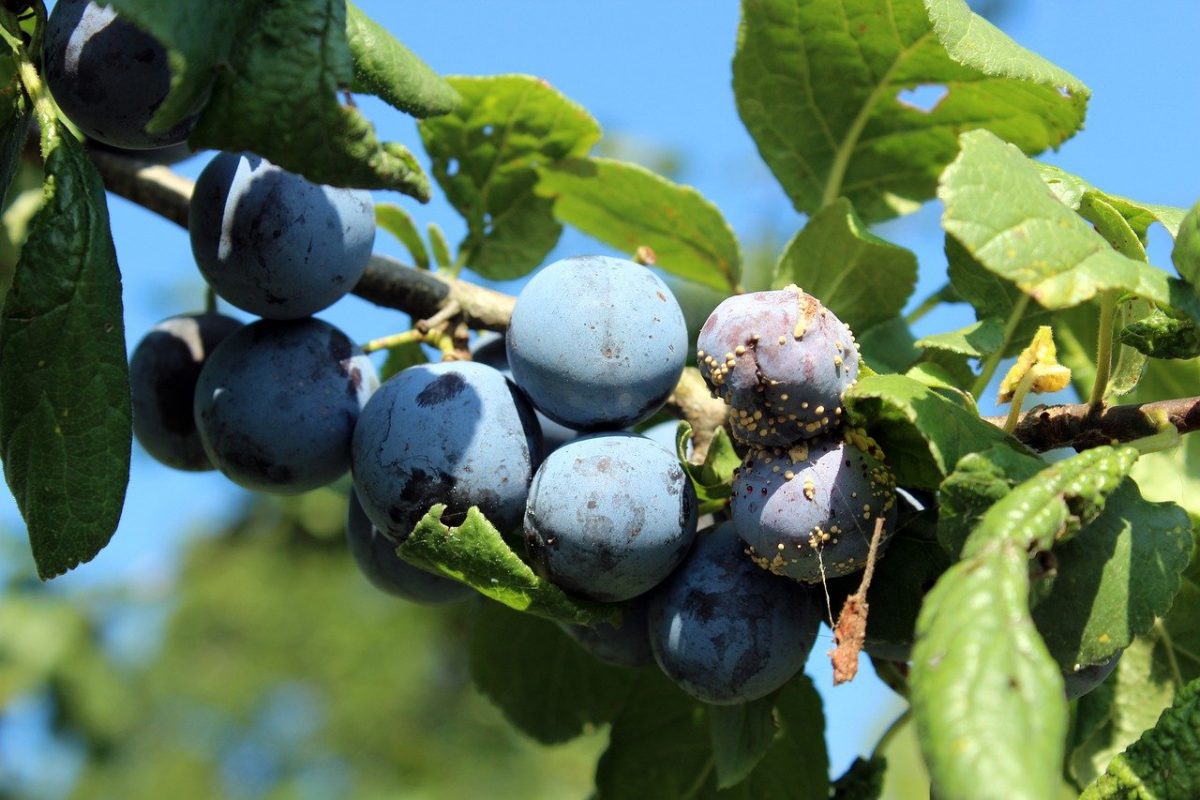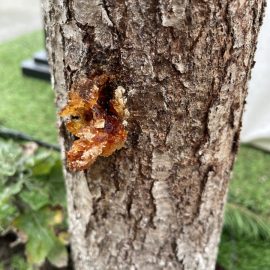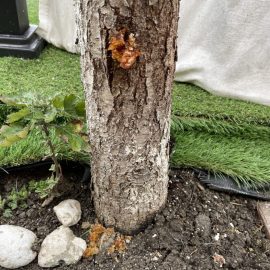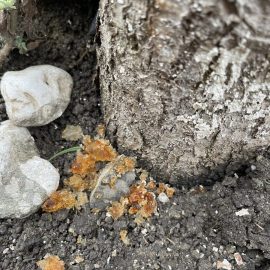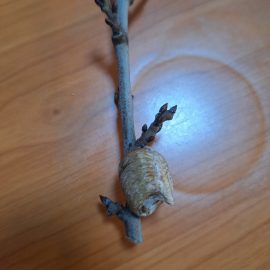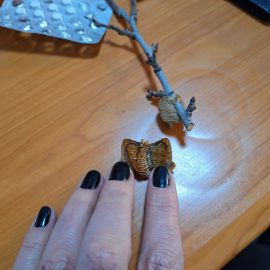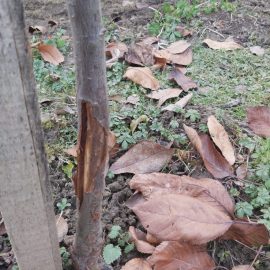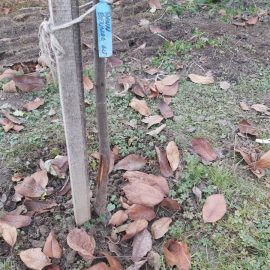Plum tree, planting, growing and harvesting
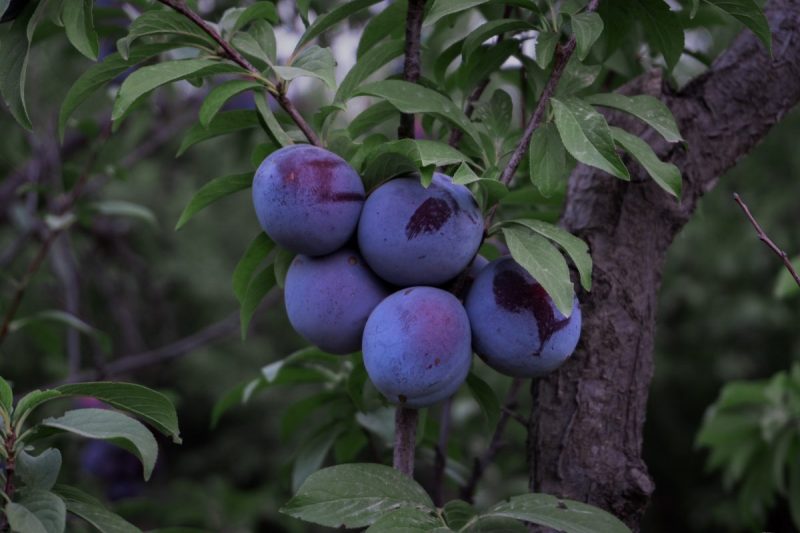
The plum tree (Prunus domestica) is appreciated for its fruit used in food (or as a raw material for processing) and the wood which is used in various industries. It is a tree of medium vigor, the leaves are oval and have a serrated edge, and the flowers are white. Plum fruits can be used in different ways: fresh, dried, as jam, or in the alcohol industry. They contain carbohydrates, organic acids, albumin, cellulose, vitamins (A, B, C), iron, calcium, magnesium, phosphorus, sodium, etc.
Growing and fruiting particularities
The plum tree has a well-developed root system, exploiting all soil types. The trunk is straight and the rhytidome is cracked. Generally, the flowers are hermaphrodites and the pollination behavior is different. The varieties’ placement in the plot must be done carefully for proper pollination.
More specifically, it is indicated to associate androsterile varieties with at least two good pollinating varieties to pollinate each other and both to pollinate the androsterile. When choosing pollinators, the flowering time of the varieties should also be taken into account (they should flower at the same time). In cold springs, flower pollination is low, so production is much lower.
Climate and soil requirement
The plum tree has moderate temperature requirements, the best results being obtained in areas where the average annual temperature is between 8-11 °C. It withstands temperatures of – 31 °C (winter). Flower buds can withstand temperatures of -4 °C, but plum blossoms are affected by temperatures below -0.5 °C. Temperatures above 35 °C cause leaf burn. It grows well in areas where 600-700 mm of rainfall falls yearly. It does not have high light requirements and can take advantage of all types of exposure. If all the growth factors are at the optimum level, the plum tree can grow in any soil and can even be planted on sandy soil (under irrigated conditions).
Cultivation
Soil preparation
Land preparation for plum trees should be done according to the general rules. If the plantation is established on land that has been used as an orchard, the soil should be prepared 1-2 years in advance. To rebuild the soil structure and eliminate the outbreaks of infection, the land can be cultivated with perennial grasses. If the plot is heavily infested with weeds, you can apply herbicides.
Recommended products
-
You can find products on a different store
Change Store -
You can find products on a different store
Change Store -
You can find products on a different store
Change Store -
You can find products on a different store
Change Store -
You can find products on a different store
Change Store -
You can find products on a different store
Change Store -
You can find products on a different store
Change Store -
You can find products on a different store
Change Store -
You can find products on a different store
Change Store -
You can find products on a different store
Change Store -
You can find products on a different store
Change Store -
You can find products on a different store
Change Store -
You can find products on a different store
Change Store -
You can find products on a different store
Change Store -
You can find products on a different store
Change Store -
You can find products on a different store
Change Store -
You can find products on a different store
Change Store -
You can find products on a different store
Change Store -
You can find products on a different store
Change Store -
You can find products on a different store
Change Store -
You can find products on a different store
Change Store -
You can find products on a different store
Change Store -
You can find products on a different store
Change Store -
You can find products on a different store
Change Store
Fertilize the soil with organic fertilizers (manure, compost, manure). It is recommended to scarify the soil so that the tree roots can develop easily. All foreign matter in the soil must be collected and removed from the plot, after which the soil must be well-leveled.
For precise planting, the land can be picketed. Picketing is the process of marking the position of each tree on the ground, i.e. a stake is inserted into the planting site.
Planting
The optimal planting time is autumn, after leaf fall, until the soil freezes. It can also be planted in winter if the soil is not frozen, but to avoid damaging the root system, the temperature should not drop below 2-3 °C.
Plum planting material should only be obtained from authorized nurseries. It is advisable to take into account the vigor of the trees when establishing planting distances. In general, planting distances should not be less than 4-5 m between rows and 3-4 m between trees per row, reaching even 6 m between rows in vigorous varieties.
Root trimming
Before planting, the roots can be trimmed. The operation is performed to remove the damaged portions and to maintain a healthy root system. The necrotic roots must be completely removed, and the healthy ones must be shortened by 7-8 cm.
After trimming, the roots can be soaked. Mudding means dipping the root into a mixture of yellow soil, fresh manure, and water. The mud layer helps the tree to adapt to the new soil conditions and maintains the moisture around the roots.
Actual planting
This stage begins by digging the pit. If the soil has not been worked, the pit must be dug 2-3 months before and have the following dimensions: 100 x 100 x 80 cm. If the soil has been worked properly, the pit must be dug 1-2 days before or even on the same day. In this case, the pit will have the following dimensions: 50 x 50 x 50 cm.
At the base of the pit, you can introduce a mixture of fertile soil removed from the topside of the pit and well-decomposed manure. Insert the tree into the pit so that the root stays on the fertile layer at the base. After the roots have been covered with 10 cm of soil, carry out the first soil tamping. When planting, the roots must be in close contact with the soil. The planting depth is calculated so that the grafting point is 3 cm above the ground and facing north. After planting, insert a stake next to the tree. The tree can be covered with rodent protection materials.
Care works
In spring, remove the protective material around the trees and provide the necessary water. For young orchards, irrigation is indispensable. Around the trees, dig the soil shallowly or cover it with plant debris (mulch). Mulching maintains a good phytosanitary condition, prevents weed growth, conserves water in the soil, and reduces the amount of maintenance work.
Recommended products
-
You can find products on a different store
Change Store -
You can find products on a different store
Change Store -
You can find products on a different store
Change Store -
You can find products on a different store
Change Store -
You can find products on a different store
Change Store -
You can find products on a different store
Change Store -
You can find products on a different store
Change Store -
You can find products on a different store
Change Store -
You can find products on a different store
Change Store -
You can find products on a different store
Change Store -
You can find products on a different store
Change Store -
You can find products on a different store
Change Store -
You can find products on a different store
Change Store -
You can find products on a different store
Change Store -
You can find products on a different store
Change Store -
You can find products on a different store
Change Store -
You can find products on a different store
Change Store -
You can find products on a different store
Change Store -
You can find products on a different store
Change Store -
You can find products on a different store
Change Store -
You can find products on a different store
Change Store -
You can find products on a different store
Change Store -
You can find products on a different store
Change Store -
You can find products on a different store
Change Store
Pruning
In the first year, in spring, the plum tree can be shortened to 80 cm above an outward-facing bud. After the tree has started growing, all twigs in the trunk area must be cut back to a height of 50 cm.
During summer (August), pick 3-4 twigs uniformly arranged on the tree to form the future crown. In the second spring choose the main twigs. If they are longer than 60 cm, they must be shortened to the same length. The twig extending the main axis should be shortened so that it is 25 cm higher than the main twigs. In summer remove all water sprouts and those growing on the upper part of the main branches (crown).
In the third year, it begins the second crown layer formation. The extension branch of the main axis should be cut above an outward-facing shoot. On the main branches, leave a vigorous twig, about 50 cm from the central axis and facing outwards from the crown. Remove the twigs growing on the upper part of the branches (the crown).
In the fourth year choose a branch to form the third layer of the crown. This should be 30 cm away from the last (second) layer. Remove all competing, inward-facing branches. To normalize the fruit load, shorten the annual branches to 4-5 shoots.
Recommended products
-
You can find products on a different store
Change Store -
You can find products on a different store
Change Store -
You can find products on a different store
Change Store -
You can find products on a different store
Change Store -
You can find products on a different store
Change Store -
You can find products on a different store
Change Store -
You can find products on a different store
Change Store -
You can find products on a different store
Change Store -
You can find products on a different store
Change Store -
You can find products on a different store
Change Store -
You can find products on a different store
Change Store -
You can find products on a different store
Change Store -
You can find products on a different store
Change Store -
You can find products on a different store
Change Store -
You can find products on a different store
Change Store -
You can find products on a different store
Change Store -
You can find products on a different store
Change Store -
You can find products on a different store
Change Store -
You can find products on a different store
Change Store -
You can find products on a different store
Change Store -
You can find products on a different store
Change Store -
You can find products on a different store
Change Store -
You can find products on a different store
Change Store -
You can find products on a different store
Change Store
Growing and fruiting stimulation
These operations stimulate the plum tree to produce more fruit, bear fruit faster, or develop stronger shoots:
- Branch Training: represents the change of natural position of the branches, towards the vertical. This causes the branch to grow and strengthen. This operation should carried out mainly in the mature phase of the trees. In this phase, the vegetative growth ceases and this operation leads to crown rejuvenation.
- Branchistsbranches’ natural positioning the position of the branches, towards the horizontal. This causes the fruit buds on the branch to grow and aerates the crown. Branches can be tied down below the horizontal to obtain abundant fruiting. This operation is practiced in the young stage of the trees when vegetative growth is predominant.
- Branch arching: through this change of position, the basal part remains ascending, and the terminal part is inclined below the horizontal (descent). This operation stops or slows down the growth in length of the branch and promotes bud growth. Trees that have been arched begin to bear fruit 2-3 years earlier.
- Transverse incision: represents the disruption of the vessels by a fine cut with a sharp blade. The cut must be made above a bud.
- Longitudinal incision: represents a fine cut along the length of the trunk. This operation helps to increase the thickness of the trunk.
- Twisting: consists of twisting a branch or twig. This operation stimulates fruiting.
- Branch breaking: it is practiced in the case of branches that have an inappropriate orientation. Fruiting occurs quickly on broken branches.
Fruit thinning
Due to its high productivity, the plum tree often forms more fruit than it can feed or sustain. In this case, to avoid tree exhaustion and to obtain quality fruit, it is necessary to thin the fruit. This operation releases the tension accumulated in the branches due to the weight of the fruit, ensures tree aeration and the remaining fruit reaches the specific characteristics of the variety (size, color, taste). Keep the healthy fruit exposed to the sun. Remove all deformed, diseased, or poorly developed fruit.
Plum tree orchard maintenance is differentiated according to the area and plantation age. Under irrigated conditions, you can grow vegetables or fruit shrubs between rows. Examples: tomatoes, peppers, aubergines, onions, garlic, potatoes, strawberries, etc. In areas where the soil is affected by erosion, the space between the rows should be sown with grass or used for fodder production (hay, alfalfa, etc.). In dry areas, the soil must be tilled to accumulate as much water as possible. It is possible to apply herbicides, but only 2-3 years after planting.
Recommended products
-
You can find products on a different store
Change Store -
You can find products on a different store
Change Store -
You can find products on a different store
Change Store -
You can find products on a different store
Change Store -
You can find products on a different store
Change Store -
You can find products on a different store
Change Store -
You can find products on a different store
Change Store -
You can find products on a different store
Change Store -
You can find products on a different store
Change Store -
You can find products on a different store
Change Store -
You can find products on a different store
Change Store -
You can find products on a different store
Change Store -
You can find products on a different store
Change Store -
You can find products on a different store
Change Store -
You can find products on a different store
Change Store -
You can find products on a different store
Change Store -
You can find products on a different store
Change Store -
You can find products on a different store
Change Store -
You can find products on a different store
Change Store -
You can find products on a different store
Change Store -
You can find products on a different store
Change Store -
You can find products on a different store
Change Store -
You can find products on a different store
Change Store -
You can find products on a different store
Change Store
Protecting trees from frost
When low temperatures are announced, in the orchard, you can burn easily burning materials (gathered in piles), which produces a large amount of smoke (rubber, straw, manure, tar, peat, etc.). Thus, the smoke layer that forms above the orchard does not allow heat to be released from the soil and thus maintains a higher temperature at the trunk/tree crown level. It is important to keep the fire on throughout the night, especially before sunrise, when temperatures drop sharply. This operation can protect the trees from temperatures down to -3 °C.
Irrigation
Irrigation is necessary in areas of low rainfall and for intensive orchards. It ensures high yields and good tree growth. Irrigation should be applied whenever necessary to ensure sufficient water.
Fertilization
Complex NPK fertilizers can be used to fertilize plum plantations. In the case of young plantations, fertilizers must be applied at the base of the tree. Plum also reacts well to foliar fertilizers.
Recommended products
-
You can find products on a different store
Change Store -
You can find products on a different store
Change Store -
You can find products on a different store
Change Store -
You can find products on a different store
Change Store -
You can find products on a different store
Change Store -
You can find products on a different store
Change Store -
You can find products on a different store
Change Store -
You can find products on a different store
Change Store -
You can find products on a different store
Change Store -
You can find products on a different store
Change Store -
You can find products on a different store
Change Store -
You can find products on a different store
Change Store -
You can find products on a different store
Change Store -
You can find products on a different store
Change Store -
You can find products on a different store
Change Store -
You can find products on a different store
Change Store -
You can find products on a different store
Change Store -
You can find products on a different store
Change Store -
You can find products on a different store
Change Store -
You can find products on a different store
Change Store -
You can find products on a different store
Change Store -
You can find products on a different store
Change Store -
You can find products on a different store
Change Store -
You can find products on a different store
Change Store
Pests and disease control
The plantation’s phytosanitary condition is very important. Carrying out phytosanitary treatments according to a specific schedule can significantly reduce the occurrence of diseases and pests.
At the same time, keep the orchard clean. Pick up fallen leaves or branches and cover the trees with special solutions.
To destroy outbreaks of infection in the orchard, apply treatments during the dormant period. Treatments should be applied in autumn/winter when the temperature is above 5 °C.
Against diseases, the first treatment (after leaf fall) should be done with copper-based products. The second spraying with copper-based products must be done in spring, at bud break. The solution should be sprayed all over the tree, from the base of the tree to the branches. These treatments need to be applied on days without rainfall, with temperatures above 6-7° C, so the solution does not freeze on the trees.
Recommended products
-
You can find products on a different store
Change Store -
You can find products on a different store
Change Store -
You can find products on a different store
Change Store -
You can find products on a different store
Change Store -
You can find products on a different store
Change Store -
You can find products on a different store
Change Store -
You can find products on a different store
Change Store -
You can find products on a different store
Change Store -
You can find products on a different store
Change Store -
You can find products on a different store
Change Store -
You can find products on a different store
Change Store -
You can find products on a different store
Change Store -
You can find products on a different store
Change Store -
You can find products on a different store
Change Store -
You can find products on a different store
Change Store -
You can find products on a different store
Change Store -
You can find products on a different store
Change Store -
You can find products on a different store
Change Store -
You can find products on a different store
Change Store -
You can find products on a different store
Change Store -
You can find products on a different store
Change Store -
You can find products on a different store
Change Store -
You can find products on a different store
Change Store -
You can find products on a different store
Change Store
7 to 10 days after applying the copper treatments, apply a horticultural oil treatment, which acts against pests that may overwinter in the bark of the tree.
Recommended products
-
You can find products on a different store
Change Store -
You can find products on a different store
Change Store -
You can find products on a different store
Change Store -
You can find products on a different store
Change Store -
You can find products on a different store
Change Store -
You can find products on a different store
Change Store -
You can find products on a different store
Change Store -
You can find products on a different store
Change Store -
You can find products on a different store
Change Store -
You can find products on a different store
Change Store -
You can find products on a different store
Change Store -
You can find products on a different store
Change Store -
You can find products on a different store
Change Store -
You can find products on a different store
Change Store -
You can find products on a different store
Change Store -
You can find products on a different store
Change Store -
You can find products on a different store
Change Store -
You can find products on a different store
Change Store -
You can find products on a different store
Change Store -
You can find products on a different store
Change Store -
You can find products on a different store
Change Store -
You can find products on a different store
Change Store -
You can find products on a different store
Change Store -
You can find products on a different store
Change Store
Harvesting
The operation shall be carried out at consumption maturity. The optimum time for harvesting plum fruit is manifested by a series of changes in the fruit. They become colored, the flesh becomes softer and the sour taste is replaced by a sweet one. The fruit has no possibility of post-ripening. If harvesting is delayed, the fruit can no longer be handled.














































































































































































































































































































































































































































